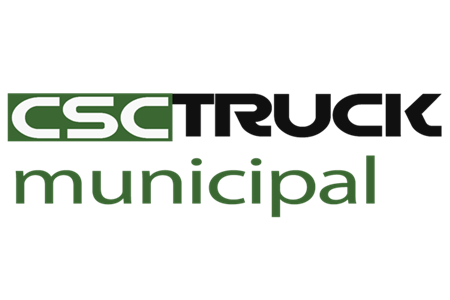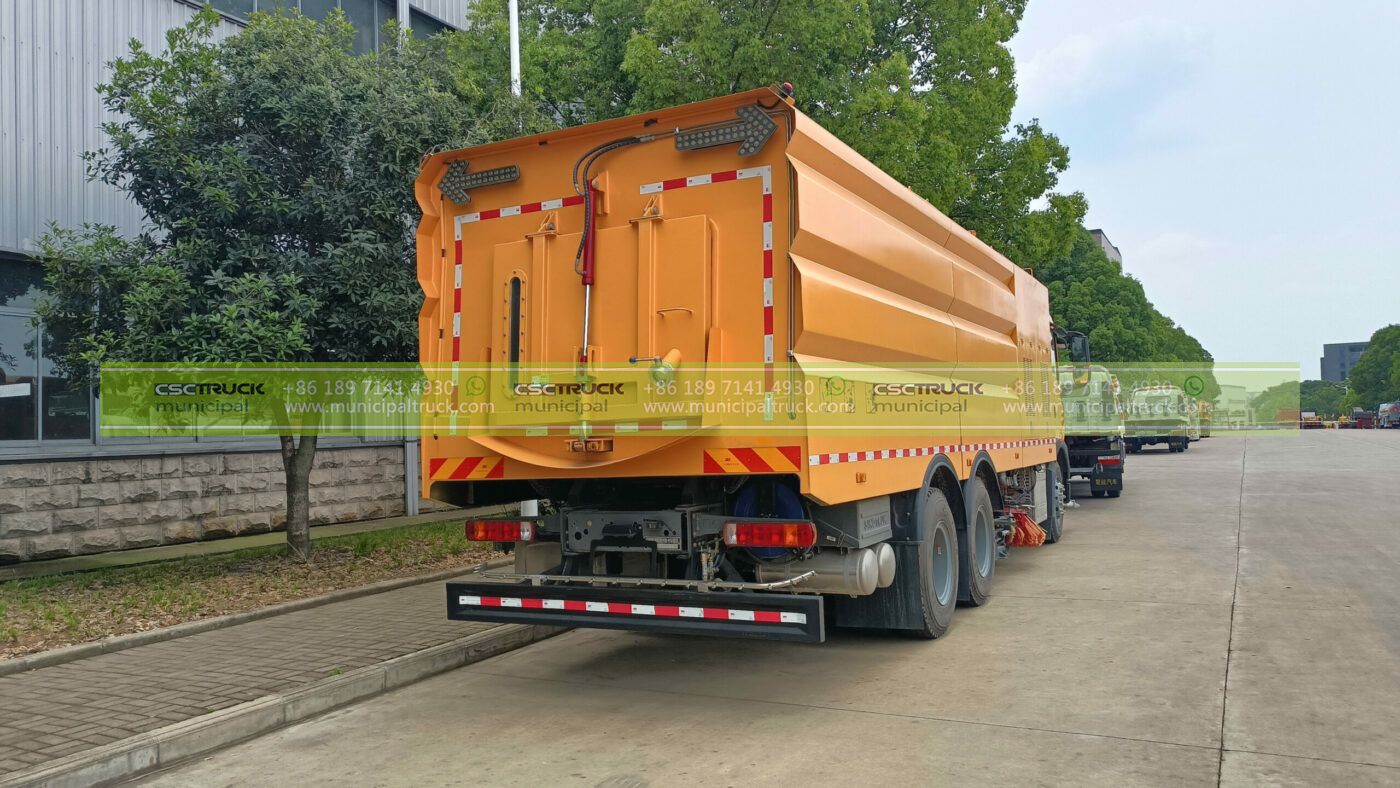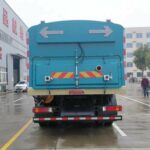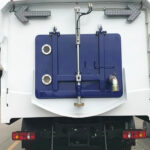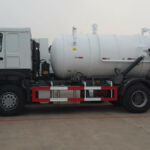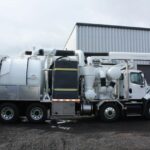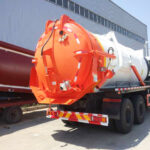In a strategic advancement for northern infrastructure management, CSCTRUCK Municipal has delivered 42 dual-purpose combined sweeper jetter trucks to Alberta’s provincial maintenance division through a landmark partnership with Prairie Municipal Solutions (PMS), the region’s dominant civil works contractor. This CA$38 million deployment, operational as of October 16, 2025, addresses Alberta’s escalating challenges in maintaining 340,000 km of roadways and underground utilities across extreme seasonal transitions, where rapid snowmelt flooding, grit accumulation, and pipeline corrosion demand integrated responses beyond conventional single-function vehicles. The hybrid cleaning systems seamlessly transition between high-velocity hydro-jetting of storm drains and precision mechanical sweeping of abrasive winter de-icing residues, enabling municipalities to halve equipment deployment times during critical spring thaw periods while reducing annual maintenance expenditures by an estimated 18% across participating jurisdictions.
Engineering Innovation: Dual-Mode Architecture for Extreme Climatic Demands
The CSCTRUCK CJS-7000 series represents a technological paradigm shift in municipal maintenance, integrating patented dual-role operation within a unified chassis platform engineered for Alberta’s -40°C winters and high-volume meltwater cycles. Each unit’s modular design permits sub-15-minute reconfiguration between sweeping and jetting modes through automated coupling systems, eliminating the downtime historically incurred when switching between specialized vehicles during rapidly evolving weather emergencies.
- Adaptive Debris Management System: A synchronized vortex suction chamber captures particulates from 5μm silt to 50mm gravel without screen clogging, while variable-geometry spray bars dynamically adjust water pressure (250–3,000 PSI) and temperature (ambient to 95°C) to dislodge ice dams or hydrocarbon deposits in pipeline networks; this prevents the springtime contaminant flushing that annually compromises the North Saskatchewan River watershed.
- Arctic-Grade Mobility Platform: Reinforced all-terrain axles with heated hydraulic lines maintain fluidity at -45°C, while GPS-guided traction control optimizes torque distribution across icy inclines, enabling uninterrupted operations during blizzard conditions where conventional sweepers experience 70% failure rates.
- Closed-Loop Water Reclamation: Onboard filtration membranes treat 92% of recovered hydro-jetting wastewater for immediate reuse in sweeping operations, reducing freshwater consumption by 1.2 million liters annually per vehicle and eliminating runoff pollution during sensitive permafrost thaw cycles.
Operational Synergies in Seasonal Transition Management
This fleet fundamentally transforms Alberta’s approach to inter-seasonal infrastructure preservation, with integrated capabilities directly countering the CA$210 million in annual damages caused by freeze-thaw cycles. During coordinated spring operations, the trucks execute simultaneous catch-basin jetting and abrasive sweep collection along highway corridors, compressing 14-day cleanup windows into 72-hour intensive interventions that prevent drainage system overloads during peak snowmelt. The dual-function design proves particularly critical in mountainous regions like Jasper National Park, where single-vehicle operations reduce heavy equipment traffic by 40% along ecologically sensitive roadways, mitigating soil erosion risks in UNESCO-designated biospheres.
Economic and Environmental Impact Assessment
Provincial analysts project the fleet will generate CA$6.2 million in annualized savings through reduced equipment leasing, fuel expenditures, and road surface rehabilitation costs attributable to residual de-icer corrosion. Environmentally, the trucks’ precision contaminant recovery systems are projected to capture 98% of winter-applied magnesium chloride abrasives before aquatic infiltration, addressing a primary source of chronic toxicity in prairie watersheds supporting 74 endangered species. The water reclamation technology alone offsets the equivalent of Banff’s monthly residential consumption during peak summer tourism periods, aligning with Alberta’s 2040 Circular Economy Framework targets for industrial water reuse.
Strategic Localization and Future Deployment Pathways
The CSCTRUCK-PMS alliance establishes a robust regional technology hub in Calgary’s Foothills Industrial Park, where 58 Alberta-based technicians received advanced certification on the proprietary dual-mode systems. This knowledge transfer includes performance-based maintenance contracts ensuring 95% fleet availability during extreme weather events, with real-time telematics from the vehicles feeding provincial infrastructure resilience models. Future iterations already under co-development include autonomous sweeper truck platoons for remote highway corridors and hydrogen-fueled variants supporting Canada’s Net-Zero Government Initiative—innovations poised for replication across Manitoba and Saskatchewan’s comparable climatic zones through expanded CSCTRUCK-PMS collaboration frameworks.
Editorial Note: This deployment supports Alberta Transportation’s “Climate Adaptation Infrastructure Program” (CAIP) targeting CA$1.7 billion in climate-resilience investments by 2030.
